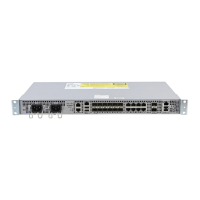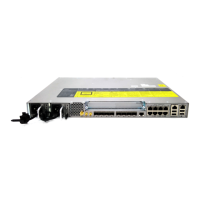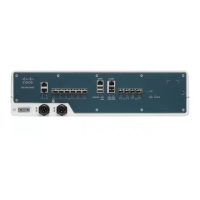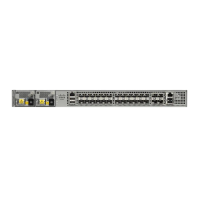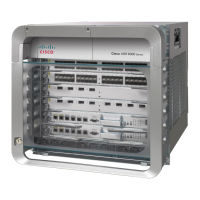Verifying the Configuration of MPLS Point-to-Multipoint Traffic Engineering
This section includes the following tasks:
Verifying the Configuration of the Headend Router
At the headend router, use the following steps to verify that:
•
All sub-LSPs are enabled.
•
IP multicast traffic is being forwarded onto the P2MP TE tunnel.
The following commands may also be helpful in the verification of the headend router:
•
show cef path set and show cef path set detail (when the headend router is also a branch point)
•
show ip mfib and show ipmfib verbose
•
show ip rsvp fast-reroute
•
show mpls traffic-eng destination list
•
show mpls traffic-eng fast-reroute database
•
show mpls traffic-eng tunnels with the dest-mode p2mp, detail, andsummarykeywords
SUMMARY STEPS
1.
enable
2.
show mpls traffic-eng tunnels brief
3.
show mpls traffic-eng forwarding path-set brief
4.
show mpls traffic-eng forwarding path-set detail
5.
show ip mroute
DETAILED STEPS
Step 1
enable
Issue the enable command to enter privileged EXEC mode.
Step 2
show mpls traffic-eng tunnels brief
Use the show mpls traffic-eng tunnels brief command to display the P2MP TE tunnels originating from the headend
router. For example:
Example:
Router# show mpls traffic-eng tunnels brief
signaling Summary:
LSP Tunnels Process: running
Passive LSP Listener: running
RSVP Process: running
Forwarding: enabled
Periodic reoptimization: every 60 seconds, next in 5 seconds
MPLS Traffic Engineering Path Calculation and Setup Configuration Guide, Cisco IOS XE Release 3S (Cisco
ASR 920 Series)
28
MPLS Point-to-Multipoint Traffic Engineering
Verifying the Configuration of MPLS Point-to-Multipoint Traffic Engineering

